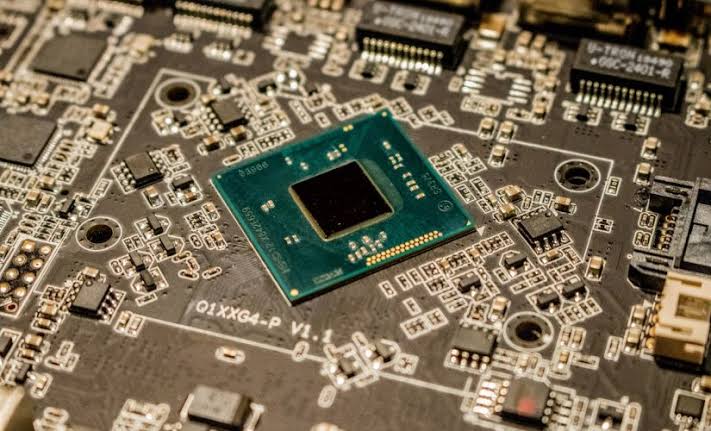On Friday, October 13, Canon, a Japanese corporation known for its printers and cameras, announced a crucial solution intended to help with the creation of cutting-edge semiconductor components.In response to Dutch business ASML, a leading player in the extreme ultraviolet (EUV) lithography machine market, Canon recently unveiled its “nanoimprint lithography” technology, according to a CNBC article.Modern chips, like as those used in the newest Apple iPhones, are produced using ASML’s equipment.
The technical competition between China and the United States has been complicated by the use of these machines.China’s access to critical chips and manufacturing equipment has been obstructed by the United States through the use of export controls and various penalties, slowing down the development of the second-largest economy in the world in an area where it is already thought to be underperforming.Due to its vital role in making it possible to produce semiconductors at 5 nanometers and below, ASML’s EUV technology has attracted a lot of attention from top chip manufacturers.A chip’s features are measured in terms of nanometers; smaller values can fit more features on a chip, which improves semiconductor performance.
According to reports, Canon has revealed that its new system, the FPA-1200NZ2C, can make semiconductors matching a 5nm process and scale down to 2nm, surpassing the capabilities of Apple’s A17 Pro chip, a 3nm semiconductor used in the iPhone 15 Pro and Pro Max.No EUV lithography machines have been transferred to China as a result of restrictions placed on ASML by the Dutch government.Due to these machines’ crucial function in the creation of cutting-edge semiconductor chips, this limitation arises.It is expected to come under more scrutiny given Canon’s claim that their new machine can make it easier to produce semiconductors with a 2nm equivalent.
According to earlier reports, the Biden administration is aiming to close a loophole that has made it possible for Chinese chip makers to buy components from the infamous Huaqiangbei electronics district in the southern Chinese city of Shenzhen.However, China has made draft security laws available for businesses offering generative artificial intelligence (AI) services. These regulations include limitations on the data sources that can be used to train AI models.


